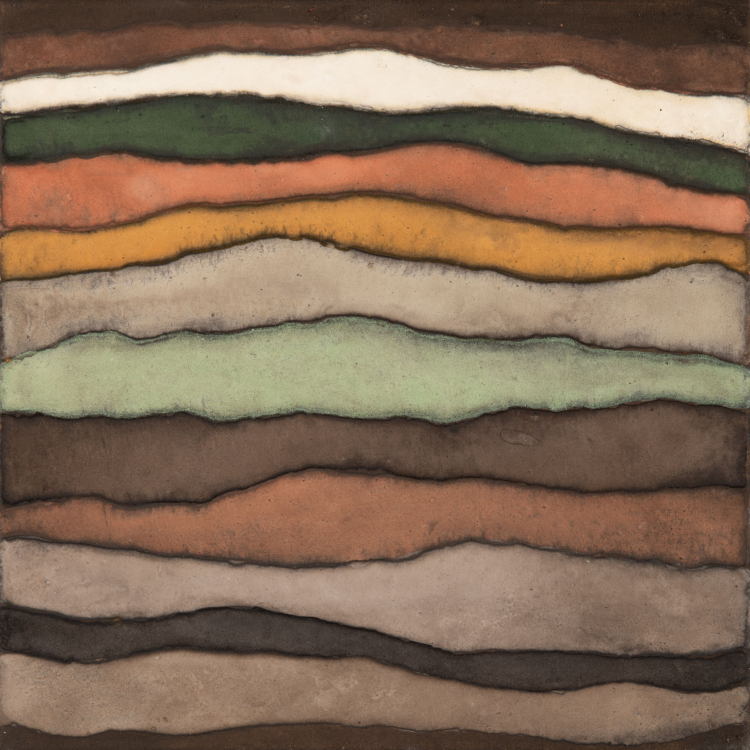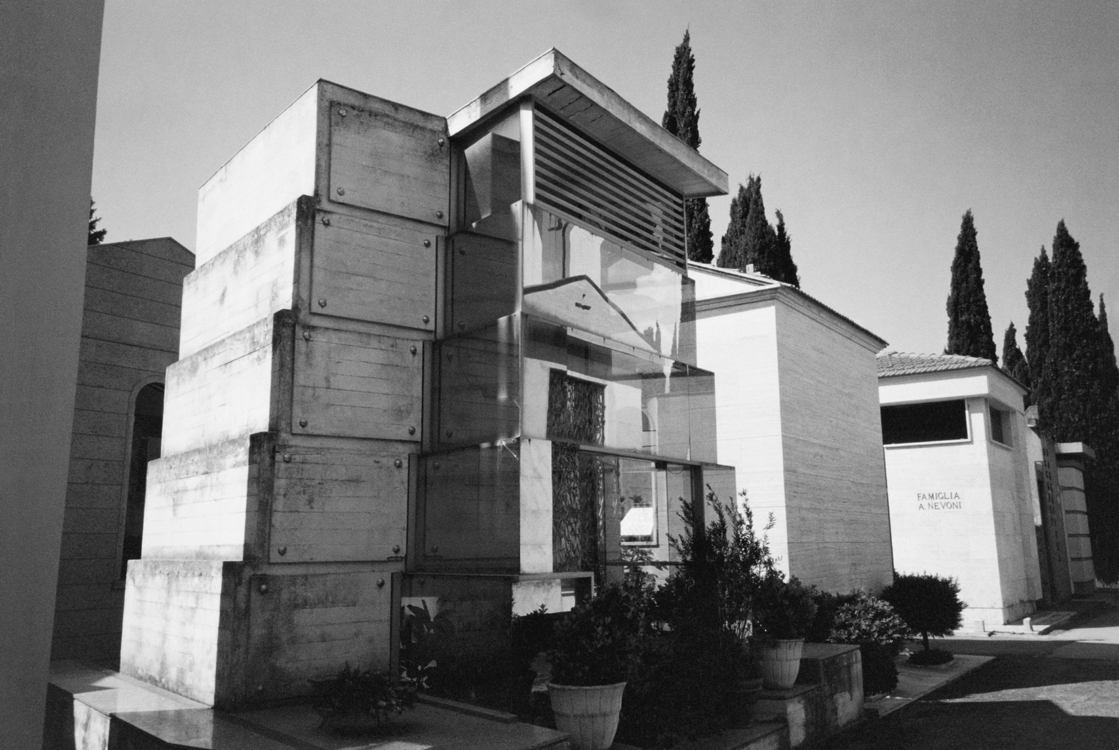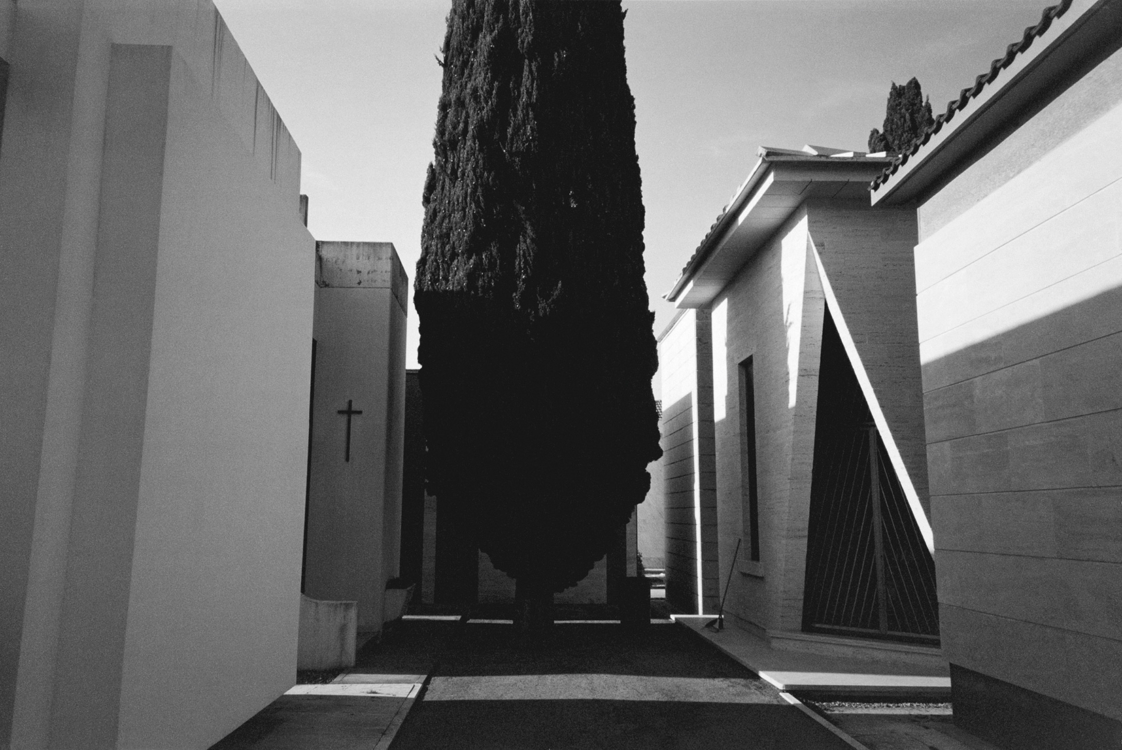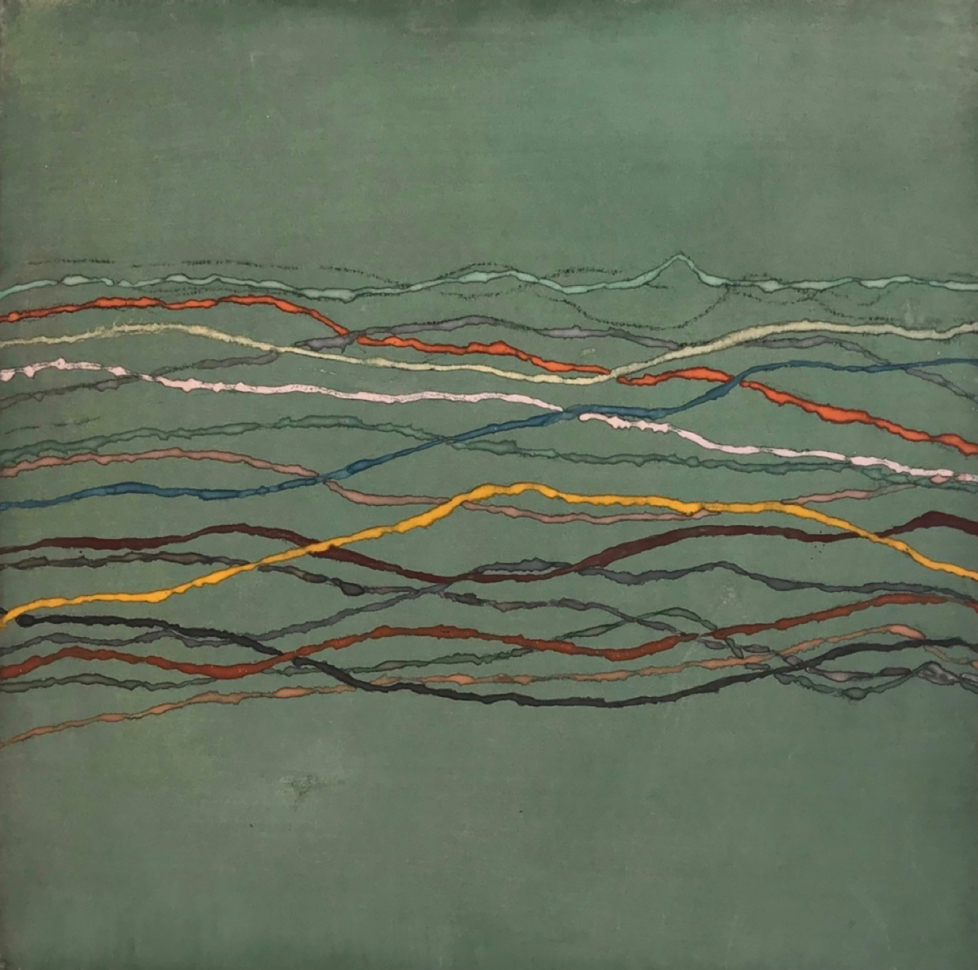P K You have put together a surprisingly diverse catalogue of colors that reminds us of the rich scale of colors found in non-living nature…
J J It requires an entire lifetime. It takes a long time before you find something. Things also happen by chance. I would go to construction sites, along the road, or when they cut through a hillside. The layers of earth were like a cake – all you had to do was take a slice. But I had to go right away. With the first rains, the layers on the surface blend together into one single neutral mass.
P K What cannot be found in nature?
J J Shades of blue are relatively rare. Azurites can be found only in bits and pieces – unless you know where to go and dig.
P K Is it solo work?
J J Yes, because you have to be patient. Sometimes I go with my family, with my son, and it’s a nice trip. But for the most part I would explore the landscape on my own. There’s a documentary film in which I look like a pilgrim, but you can also see a car, without it which it would be impossible. If you gather five kilos of stones somewhere and have all kinds of equipment hanging off you, you need some way of transporting it all.
P K What does your working rhythm in the Maremma look like?
J J I first decided to work in the Maremma in 1977. Since then, I return there several times a year. But I also need to take breaks: Once the landscape becomes an everyday affair, you begin to lose your sensitivity. You stop seeing differences. Whenever I have spent some time working there, I always begin to feel – after about a month, let’s say – that I no longer differentiate as much. That’s when it is time to disappear. And after some time, to come again: Things change in the landscape in the meantime. The landscape is always changing: Places change enough just with the seasons. You can see photographs from the same place over the course of a year in the book The Circle / Il Cerchio.
P K The world has changed so much since the late 1970s, in ways that nobody could have predicted: society, politics, technology, the environment, the climate. What specific changes do you see in “your” landscape?
J J Mainly: I could not do all those things there today. The Maremma has been fundamentally changed. In the 1970s it was still wild. Nature ruled by its own laws: Everywhere lots of insects and birds. It was alive. Today, all those places are sprayed – because of the tourists. You won’t encounter a single mosquito, but that also means the birds are gone. Everything is organized. Before, I could walk the countryside freely, but today everything is closed off and protected by cameras. There’s a national park. Today, I could not go on such long hikes along footpaths and dikes.
P K This situation produced your recent book of photographs, 200 m.
J J Yes. I discovered that today I can move freely along just 200 meters of shoreline – that’s all that is left, unclaimed. I photographed a sandy beach, the sea, and the sky from just this one segregated place. Every photograph is square and done in black-and-white, since even the area where I took them was a square measuring 200 by 200 meters.
P K You work with pigments in the Czech Republic as well. You were even contacted by a UNESCO committee that wanted to promote the use of natural “Prague” pigments in new buildings and renovation projects.
J J They borrowed my catalogue of Prague colors, which I had collected in Prokop Valley, at White Mountain, in Divoká Šárka, and near Kbely – wherever some original nature had been preserved. The committee wanted to implement some rule that these “natural” colors would be used in Prague. I don’t actually know what happened with their proposal. But when I walk through Prague today, I can see those colors on buildings.
P K Does Bohemia have its own specific color?
J J Bohemian Green Earth! The Italian Gothic worked with a color by this name. The Sienese school used it with carnation, the tincture for skin color. It may have been the Venetians who imported Bohemian Green as a valuable commodity. As late as the 1980s, they would buy it from Czech art restorers in West Germany, who sometimes imported it there. Today, you won’t Bohemian Green Earth anymore. I have a few pieces left.




